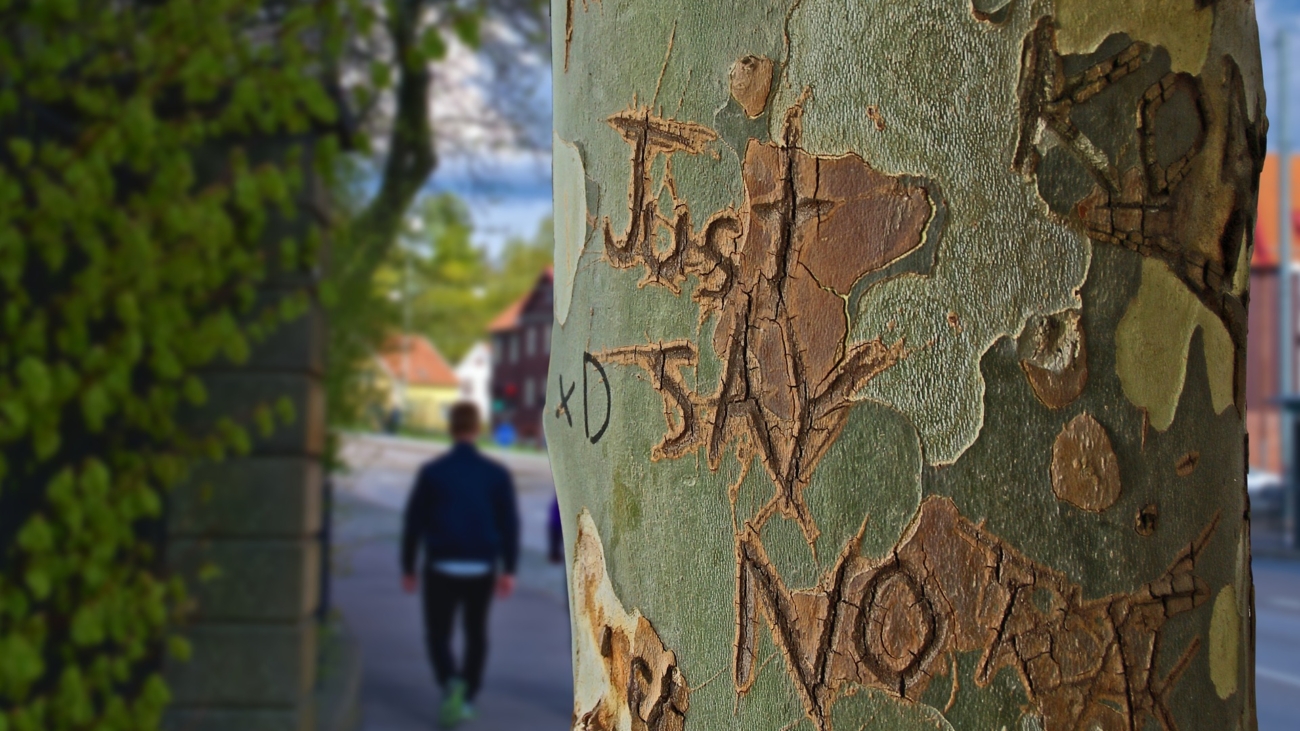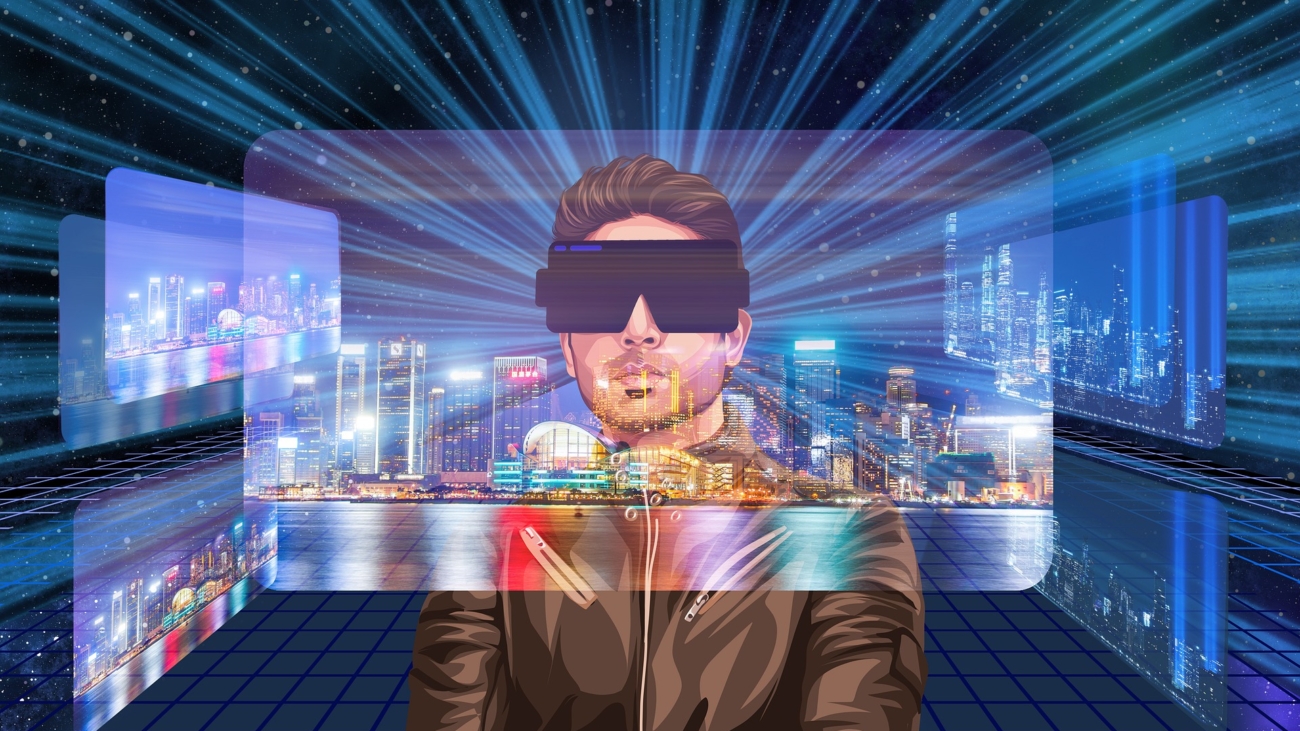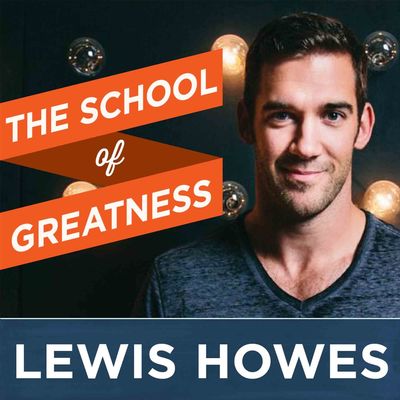When we care a lot about our career and what we are working towards, it can be easy to fall into the pattern of never saying no. We want to be useful and active; we want to make connections and earn respect; we want to do it all and be it all. Saying yes to anything seems to be the path to achieving everything.
But when we say yes to something we need to acknowledge we are also saying no to other things. A choice to stay the extra hour at work to take on an extra project for your boss is one less hour you would be spending at home or maybe it’s an added half hour you’ll spend on the road because now you’ll be leaving at rush hour.
As tempting as it is to give services to others all the time, sometimes the biggest act of service we can extend – to ourselves and to others – is saying no.
Yep – saying no! Not doing it, leaving the building, taking the break.
When we say yes to something we don’t want to do it can lead to negative feelings such as resentment towards the person asking or yourself, when you get home and realize your past-self made you sacrifice the work out or the time to cook a meal that would’ve made you feel good.
This doesn’t mean there won’t be times when we will choose to forgo the home-cooked meal for an opportunity. We get to decide what’s okay and not okay with us.
Knowing when to say no.
In deciding how to spend your time, ask yourself: will it bring me happiness? Orienting your choices towards what will make you happy will help you make the ‘right decision.’ This will also make your actions about giving yourself something rather than denying or withholding something. As written in “The Art of Happiness” by the 14th Dalai Lama and psychiatrist Howard C. Cutler, with this decision-making approach you will cultivate “an attitude of embracing life rather than rejecting it,” and the effect can help us be more receptive to what will bring us joy in all aspects of life.
*Tip: For my people pleasing friends, consider how you would choose if you did not have to risk disappointing the person asking.
These decisions might not be obvious. When you hear a request, you can always ask for more time to consider, or for more information – an approach that will both buy you some time and grant you access to more details that could inform your choice.
Knowing how to say no.
Once you realize the outcome you desire for the interaction, it’s time to communicate it. For me, as a person inclined to be a people pleaser, expressing my desire and risking disappointment or hurting feelings is the hardest part. Knowing this next bit of information has set me up for success by helping me communicate my true intentions and appreciation to the person requesting something.
How a person feels about your ‘no’ has a lot to do with how you say it. When people hear the word ‘but’ after a positive statement, they are likely to only remember the negative part that follows. Consider the following statements given by someone wanting to say no to staying on the phone/wanting to hang up:
- I’ve really enjoyed our conversation, but I need to go now and pick the kids up from school.
- I’ve really enjoyed our conversation and I need to go now and pick up the kids from school.
In the first statement, the receiver will only retain that the person wants to hang up, not that they enjoyed the conversation. In the second, the receiver is set up to acknowledge both truths – the conversation was enjoyed, and the speaker needs to leave now for an obligation. Consider this difference again and see the similar effect of simply removing the ‘but’ without giving a replacement:
- I really appreciate you trusting me with such an assignment, but I’ll have to decline for the time being.
- I really appreciate you trusting me with such an assignment, and I’ll have to decline for the time being.
- I really appreciate you trusting me with such an assignment. I’ll have to decline for the time being.
This all might seem pedantic, BUT it is a good reminder of the impact of this conjunction. The word functions to negate everything that goes before it and signal to the listener that the important part of the sentence is approaching. When we hear the word ‘but,’ we do exactly what it asks of us – reduce the importance of what came before and ramp up our focus on what’s coming next. So, as silly as this may seem, it does matter and can help you more effectively convey a ‘no.’
No worries with a good no.
Effectively delivering our messages declining opportunities will help us feel more satisfied in the interaction and offer the receiver understanding. Considering the effect of the most recent example, the person who was trying to give an assignment can take away that there was an appreciation of the meaning of the assignment and that the assignment will not be done by this person, as opposed to wondering if the assignment will get done or knowing that it will get done by an uninterested person. This clarity is spectacular and allows both parties to effectively and efficiently path their next courses of action.
Practicing these tools for identifying your own desires and the language for conveying them will allow you to step into your integrity and show up better for yourself and the people in your life.










